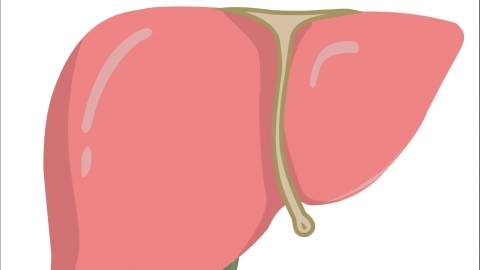Does intrahepatic bile duct stones without removal have an impact on the human body?
In general, intrahepatic bile duct stones do not immediately harm the body. The extent of impact depends on the size, number, location of the stones, and whether complications arise. Small, asymptomatic stones have minimal effects. However, if stones persist or progress over time, they may lead to recurrent infections, liver function damage, or even cirrhosis. Long-term risks should not be overlooked. Detailed analysis is as follows:

In terms of severity, if the stones are small in size, few in number, and located in the peripheral intrahepatic bile ducts without causing obstruction, they may remain asymptomatic for a long period and require only regular monitoring, thus having little impact on the body. However, most stones tend to cause problems over time: first, bile duct obstruction—when stones block the bile ducts, bile stasis occurs, leading to jaundice, and prolonged stasis can damage hepatocytes; second, recurrent infections—bile stasis promotes bacterial growth, resulting in repeated episodes of cholangitis with symptoms such as abdominal pain, fever, and chills, which in severe cases may lead to liver abscesses; third, long-term damage—chronic obstruction and infection can cause hepatic fibrosis, gradually progressing to cirrhosis, and even increase the risk of developing cholangiocarcinoma.
To ensure safety and health, patients diagnosed with intrahepatic bile duct stones are advised to consult a specialist physician and develop an appropriate treatment plan based on individual circumstances. Additionally, maintaining healthy dietary habits and avoiding high-fat, high-cholesterol foods can help reduce the risk of stone formation.








